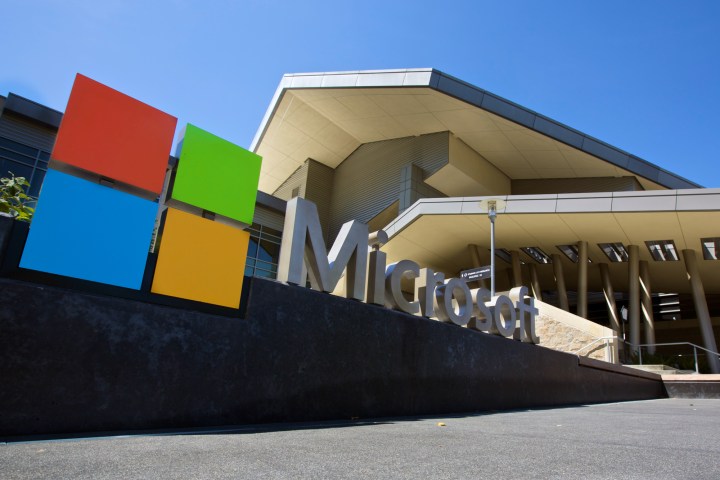
As part of the arrangement, Microsoft has agreed to transfer its feature phone division’s manufacturing plant in Hanoi, Vietnam, along with its 4,500 employees, to FIH. In addition, it will grant FIH the exclusive right to use its Nokia branding, feature phone software, services, and any customer contracts and supply chain agreements it has in place. Microsoft expects regulators to approve the deal by the second fiscal quarter 2016, it said in a press release.
In a somewhat amusing turn of events, HMD — a part-owner of FIH — is owned by the Nokia divisions spun off in Microsoft’s 2013 merger. And the deal includes the “design rights” of the feature handsets Microsoft’s phasing out, meaning future Nokia phones could look more than a tad familiar.
The sell-off doesn’t exactly come as a surprise. Microsoft’s feature phone has been in “maintenance mode” since 2014, when the company made massive reductions in both personnel and manufacturing capacity. It sacked 18,000 employees in total, including 12,500 it acquired as part of Nokia’s handset and services business, and scaled down production at Nokia’s feature phone plant in Kamorom, Hungary, and plants in Nokia’s home country of Finland.
“To align with Microsoft’s strategy, we must focus our efforts,” said Stephen Elop, Microsoft’s executive vice president of devices, in a July 2014 email to employees regarding the layoffs. “Given the wide range of device experiences, we must concentrate on the areas where we can add the most value.”
That wasn’t the end of it. Microsoft made further cuts to its phone business in 2015 following a $7.6 billion write-down of its Nokia buy. It made further layoffs and closures to Nokia’s Finland, San Diego, and Beijing engineering offices, and pledged to reduce its production of new handsets to a “handful” of models a year in three categories: business-focused phones, budget handsets, and high-end Windows Phone devices.
That’s all to say that today’s announcement won’t drastically impact Microsoft’s products domestic or abroad, at least from a customer perspective. Following the cuts in 2014, Jo Harlow, then-head of Microsoft’s handset business, indicated that investment and development of Microsoft’s low-end handset lines — the Asha, Series 40, and Nokia X, among others — would slow to a trickle in the intervening 18 months and eventually cease.
“There will be no new features or updates to services on any mobile phones platform as a result of these plans,” she said in an internal memo. “[We will] shift our flagship engineering efforts towards new flagship products timed with the next release of Windows and Windows Phone.”
That strategy’s proven unsuccessful, to say the least. Windows Phone has failed to gain a foothold in both developing and mature markets — its global share, by some estimates, stands at around 2 percent. Research analysis firm IDC reported that Microsoft sold only 4.5 million Lumia devices in Q4 2015 — a 57 percent drop from a year ago. A far more depressing statistic? Sales of Windows Phone devices sales between 2011 and 2015 total around 110 million, according to Microsoft — a period in which iOS and Android device sales reached $4.5 billion.
It’s no surprise, then, that Microsoft’s beating for a hasty retreat. In a press release today, the firm said it will “continue to develop Windows 10 Mobile and support Lumia phones such as the Lumia 650, Lumia 950 and Lumia 950 XL, and phones from OEM partners like Acer, Alcatel, HP, Trinity and VAIO” — a seemingly hands-off approach which will unburden Microsoft from most, if not all, of its current hardware. It’s a strategy in line with a leaked internal memo from Terry Myerson, the company’s head of Windows and devices, that referenced “next generation [mobile] products,” but conspicuously omitted any mention of future Microsoft-made Lumia handsets. The company, in other words, appears to be returning to what it does better than most: software.
Editors' Recommendations
- The iPhone is getting out of control
- Watch all of Apple’s Far Out event videos: iPhone 14, Apple Watch 8, and AirPods Pro 2
- Your Phone in Windows 11 now shows recent apps
- Apple’s iPhone 14 may be moving to eSIM, but not all at once
- A fix for slow NVMe SSD speeds in Windows 11 is out — here’s how to get it


